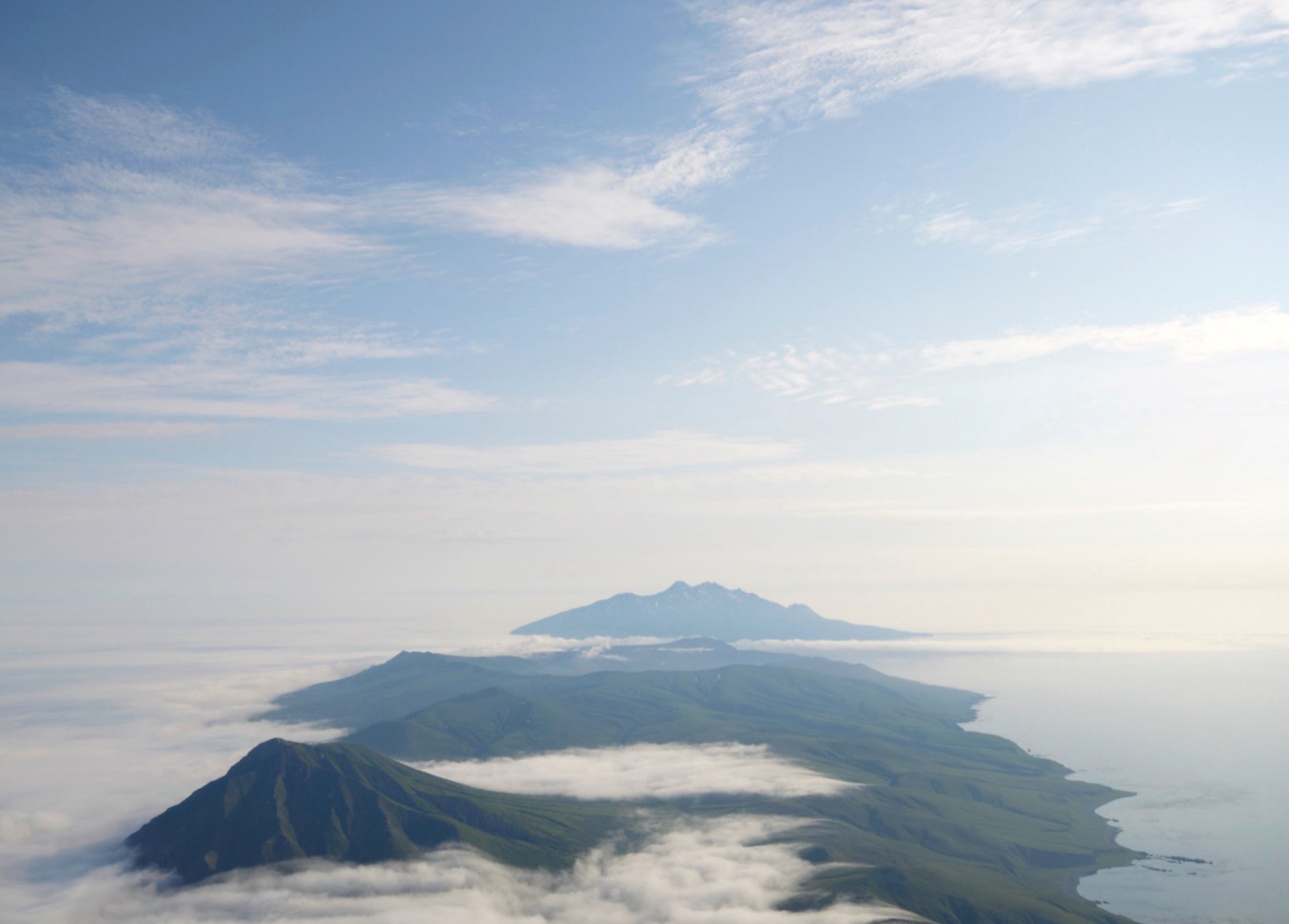Iceland's second-largest volcano is 'preparing to ERUPT' - sparking fears of travel chaos across Europe
Share:
One of Iceland's largest volcanoes is on the brink of erupting, experts have warned. Bárðarbunga – the second-largest volcano in the country – has been hit with a swarm of 130 earthquakes within just five hours. This is a key sign an eruption could be imminent, according to The Icelandic Meteorological Office (IMO).
![[This map from the Icelandic Meteorological Office's earthquake monitoring system shows the locations of the earthquakes, with the black circle indicating the Bárðarbunga caldera outline. Bárðarbunga is located under Iceland's most extensive glacier (Vatnajökull) in the centre of the country. It is 2,300 feet deep with a total area of 25 square miles]](https://i.dailymail.co.uk/1s/2025/01/16/12/94163943-14291725-This_map_from_the_Icelandic_Meteorological_Office_s_earthquake_m-a-20_1737031266272.jpg)
As a precaution, the aviation colour-code for Bárðarbunga has been raised from green to yellow, indicating 'heightened activity above normal background levels'. Aviation colour-codes give pilots and aviation authorities information about the potential presence of volcanic ash in the atmosphere, which could impair flights.
![[This bar chart indicates the hourly earthquake count. Earthquake activity was most intense until around 9:00 UTC, after which it began to decrease, though earthquakes are still being recorded in the area. It is too early to determine whether the swarm is subsiding]](https://i.dailymail.co.uk/1s/2025/01/16/12/94164885-14291725-This_bar_chart_indicates_the_hourly_earthquake_count_Earthquake_-m-24_1737031347114.jpg)
Bárðarbunga – located under Iceland's largest ice cap (Vatnajökull) in the centre of the country – last erupted a decade ago, prompting a red travel alert. The volcano's previous eruption in 2014/15 emitted large volumes of sulphur dioxide and impacted air quality.
![[Bárðarbunga is located under Iceland's largest ice cap (Vatnajökull) in the centre of the country. Bárðarbunga's ice-filled crater or 'caldera' is 6.2 miles wide]](https://i.dailymail.co.uk/1s/2025/01/16/12/94164011-14291725-image-a-21_1737031277288.jpg)
However, there was little effect on flights outside of the immediate vicinity as it didn't produce as much volcanic ash. The 2014-2015 Holuhraun eruption was the largest outbreak in Iceland for over 300 years and lasted for almost six months. Pictured, September 4, 2014.
![[On August 29, 2014, a fissure eruption started in Holuhraun at the northern end of a magma intrusion that had moved progressively north, from the Bardarbunga volcano. Bardarbunga is a stratovolcano located under Vatnajokull, Iceland's most extensive glacier]](https://i.dailymail.co.uk/1s/2025/01/16/14/94162177-14291725-On_August_29_2014_a_fissure_eruption_started_in_Holuhraun_at_the-a-22_1737039274366.jpg)
'Bárðarbunga is unique in that it is an unusually large volcanic system, partly covered by a glacier,' said the IMO in a statement. 'The observed seismicity is consistent with increased pressure caused by magma accumulation, which has been ongoing since the last eruption in 2015.'.
![[Iceland is a particular hotspot for seismic activity because it sits on a tectonic plate boundary called the Mid Atlantic Ridge]](https://i.dailymail.co.uk/1s/2025/01/16/14/77783533-14291725-Iceland_is_a_particular_hotspot_for_seismic_activity_because_it_-a-25_1737039274368.jpg)






















